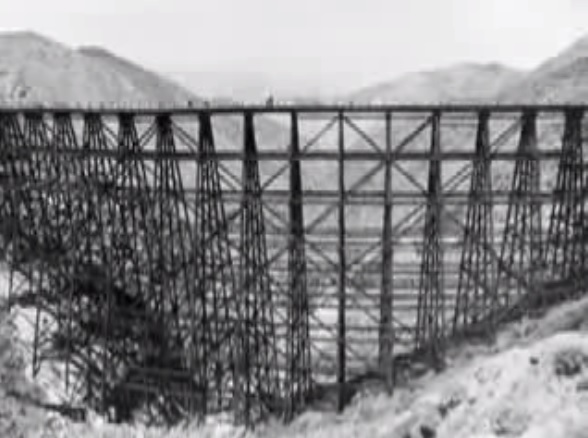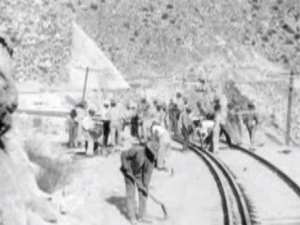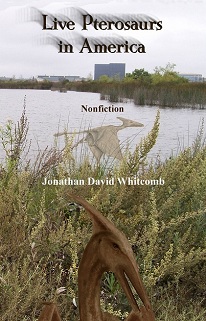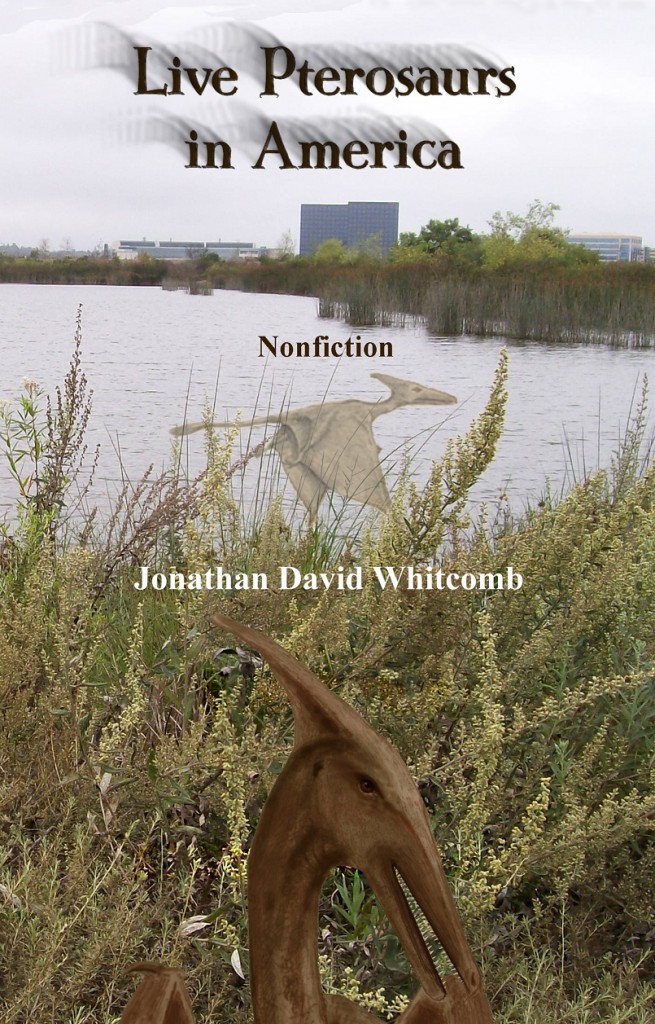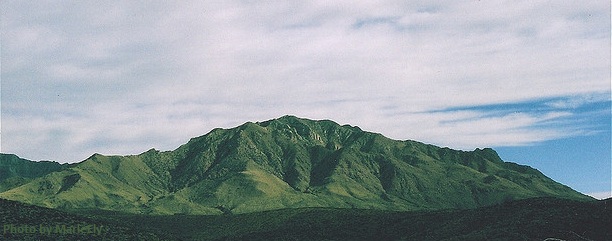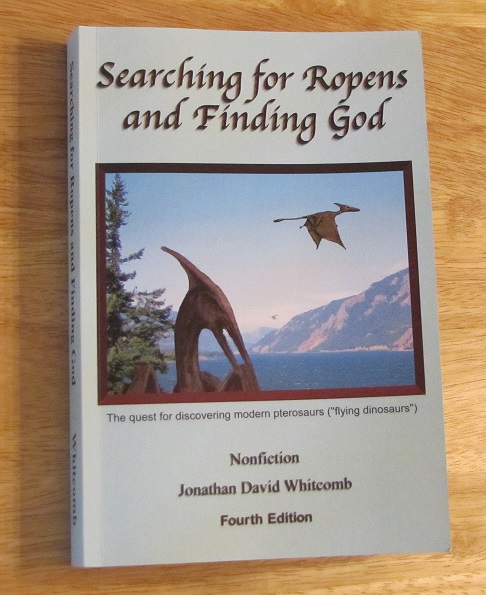This is only a shadow of an introduction; I’m only like a flight attendant demonstrating what you should do in the unlikely event of . . . you know. People go missing for many reasons, including the following:
- Drowning
- Getting lost
- Running away from home
- Falling asleep in an unusual place
- Becoming abducted by a criminal
- Succumbing to a non-human predator
My wife and I found ourselves helping in a neighborhood search for a preschool boy in Altadena, California, decades ago, a few months before we were married. Somebody eventually found him perfectly healthy: He had been sleeping in his house, underneath a bed. I believe that only a small percentage of missing person cases arise from being carried away by a large flying creature; with that said, we now need to consider that unlikely (or rare) event.
 Missing 411 Books
Missing 411 Books
I’m only beginning to learn about missing-person mysteries in the United States, having received two books in the mail only yesterday: Missing 411 Western United States & Canada and the more-recently published Missing 411 The Devil’s in the Detail, both by the investigative journalist David Paulides. Do not allow yourself to automatically dismiss him because of his writings on Bigfoot. He was a police officer before becoming an investigator of businesses. Those experiences prepared him for his recent work in cryptozoology and in the investigation of missing persons, especially those who went missing in national parks.
Are Modern Pterosaurs to Blame?
This really is only a shadow of things to come, for I’ve only just begun to read the first of those two books. Both “pterosaur” and “pterodactyl” are absent from the indexes of those books, as are “bird” and “dragon.” These are obviously not books on flying dinosaurs kidnapping people, and I’m not suggesting that most of the cases involve modern pterosaurs. Paulides does seem to have investigated the cases objectively, with no obvious sign he intended to point a finger in any particular direction. Countless persons go missing from national parks in mysterious circumstances.
From reading only a few dozen pages, I noticed the possibility a rogue ropen may have attacked some persons, although this is still speculative, based upon a small percentage of the living-pterosaur sighting reports that I have received over the past eleven years. A few modern pterosaurs do seem to have gone bad, and an apparent ropen has been known to approach a human through a suspicious dive. But that’s from my own research; Paulides may have no idea that a few modern pterosaurs may prey upon humans in North America.
Overview of Ropen-Attack Possibilities
Before going on, understand that many apparent pterosaurs in the United States have no interest in attacking people. In fact, the Marfa Lights in Texas as said to be friendly with humans, when they give any sign that they acknowledge us. Attacks against humans are exceptional, probably uncommon. But just as a few humans can turn bad, so can a few wild animals.
Why do tracking dogs so often fail to long follow the trails of missing persons in national parks? That in itself may tell us little, but why do tracking dogs that specialize in bears fail to find a bear scent when it appears a missing person was devoured by a wild animal? And why is a human head found but not any other large bones, and the head itself is mostly undamaged by any tooth mark? In many cases, the victim was on or near the shore of a lake or other large body of water. In some cases, there is no drag mark on the ground, as would be expected if a ground predator had removed the body from the attack scene.
One mother in Washington state, apparently unaware of the pterosaur possibility, said, “It’s as if Bobby climbed to the top of a tree and then kept going.” That four-year-old had been left on a dirt road for only two minutes while the rest of the family went ten feet into the nearby brush, to look at a small waterfall. There was no sound of a car during those two minutes and no sign that a bear or other ground predator had been there. Dogs that could have tracked a bear later failed, and some of the rescuers suggested a giant eagle may have carried away the boy. Other experts rejected that idea, but I’m afraid that this case is one of those unpleasant rare events that my associates and I can connect with natives who live in remote tropical rain forests in Papua New Guinea: a rogue ropen.

Sketch by the eyewitness Eskin Kuhn, a U.S. Marine at Gitmo, Cuba
###
I suspect that most of the real attacks have been from rogue ropens, a few creatures that were suffering from something that prevented them from obtaining normal prey.
On rare occasions, a ropen, or kor, or indava (or by whatever name) will attack somebody, and the results are sometimes tragic . . .
Strange flying lights in Texas may be from nocturnal predators that hunt bats.
.
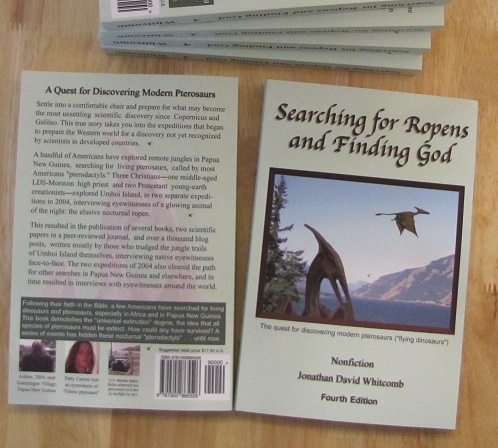
Nonfiction 360-page paperback book by Jonathan D. Whitcomb: Searching for Ropens and Finding God
.



